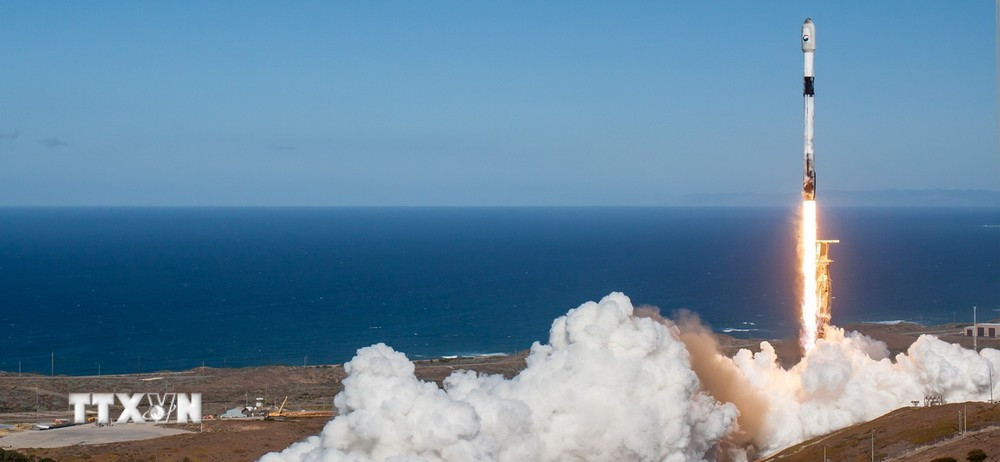After investigating the incident, the FAA determined there were “no widespread safety issues associated with the incident” and the Falcon 9 rocket “can be launched again, while the overall investigation remains open.”

On July 26, the US Federal Aviation Administration (FAA) allowed SpaceX's Falcon 9 rocket to launch again after being suspended due to a rare incident during the launch two weeks ago.
Falcon 9, the world's most widely used rocket to launch satellites and astronauts into orbit, suffered an unusual failure during its launch on July 11.
The rocket broke up in mid-air, destroying all the Starlink satellites it was carrying.
This is the first accident in more than 7 years for a rocket trusted by the global space industry. Following the incident, Falcon 9 was suspended from operation.
After investigating the incident, the FAA determined there were “no widespread safety issues associated with this incident” and the Falcon 9 rocket “may be launched again, while the overall investigation remains open.”
For its part, billionaire Elon Musk's SpaceX Corporation said a liquid oxygen leak caused one of the engine components to overcool and damage the engine's hardware. SpaceX said it was ready to return the rocket to orbit as early as July 27.
The last time a Falcon 9 rocket suffered a serious failure was in September 2016, when the rocket exploded on the launch pad.
Previously, in June 2015, the second stage of the Falcon 9 rocket disintegrated just 2 minutes after takeoff, resulting in the loss of important equipment preparing to go to the International Space Station (ISS).
Falcon 9 is the only US rocket capable of carrying NASA crews to the ISS.
NASA is expected to launch the next group of astronauts to the ISS in August, using SpaceX's Crew Dragon spacecraft using this rocket.
TH (according to Vietnam+)